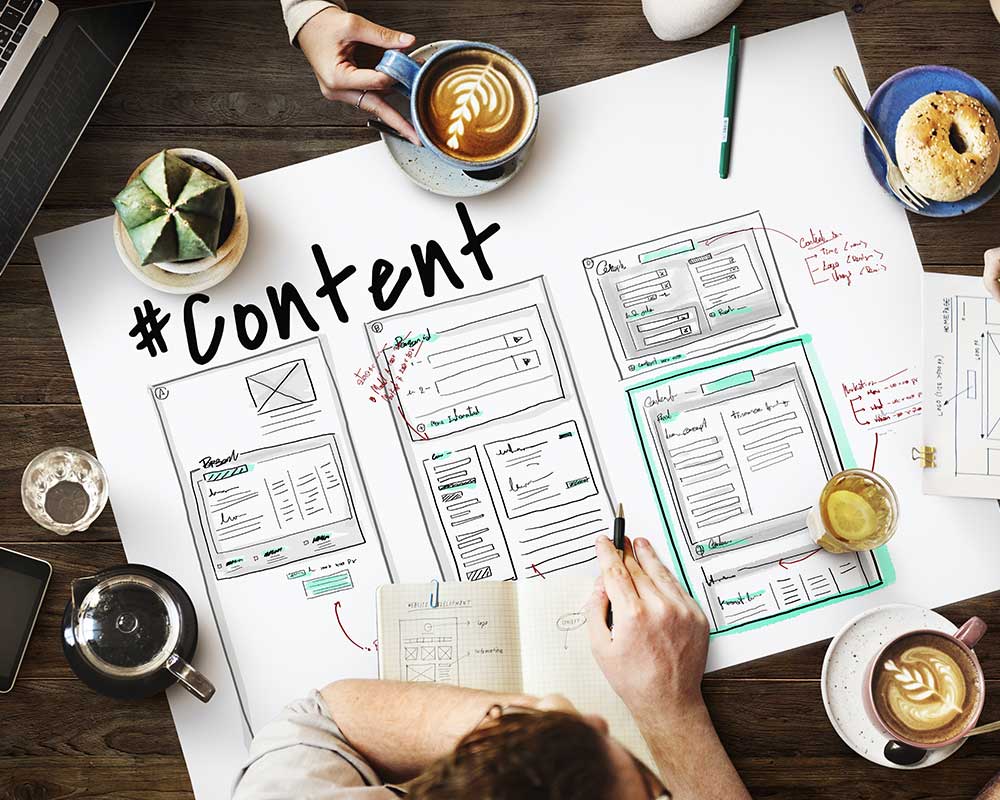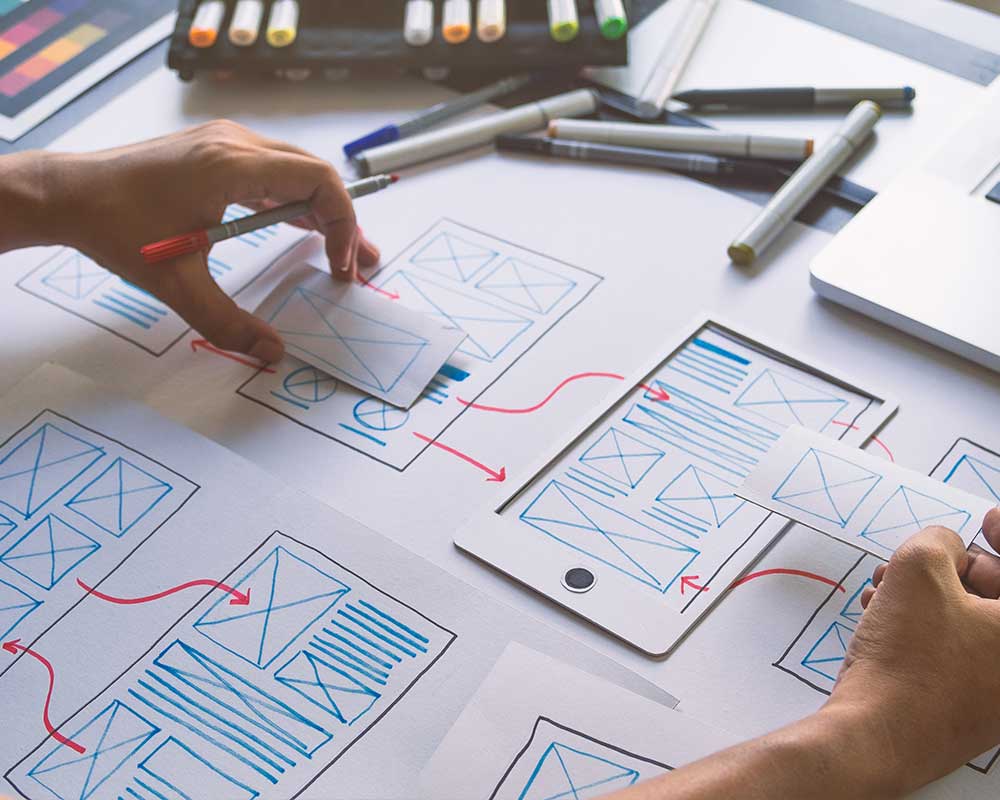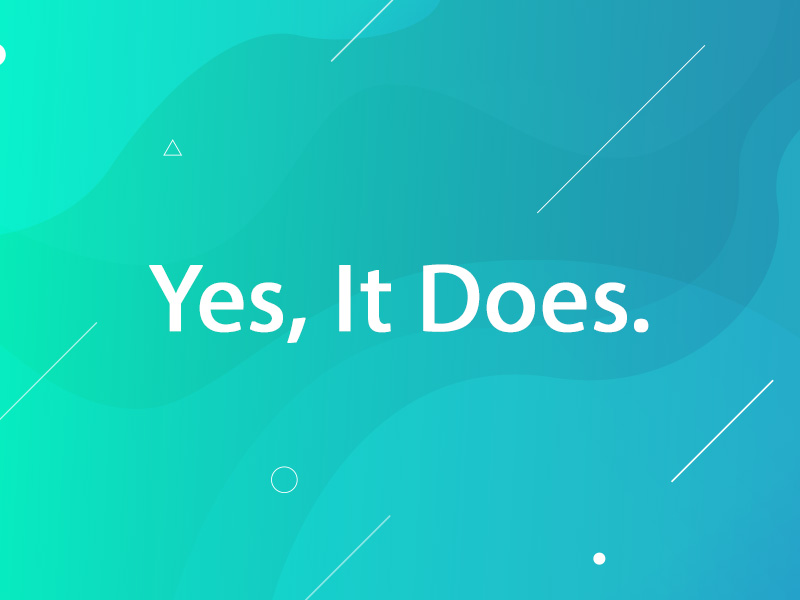For a business to succeed, it must have a clear, consistent, and effective online strategy. One of the best ways to achieve this is to make sure that the design of your website is in line with your SEO goals.
Why Is SEO Important?
SEO is extremely important to the success of a business. Why? If you are reading this, you probably already know that search engines are the primary way people look for information on the internet. So, it's essential that your website ranks high in these search engines so people can actually buy from you. When a company is ranked well, their customers can find them easily.
And that's the whole point of SEO. That is the goal of search engine optimization.
It is about making sure your business shows up on Google’s search results when customers use certain keywords to look for your business.
Which is why we offer SEO services to our clients
How to Measure the Success of SEO
If you've already invested or you're looking into investing, one of the most important questions to ask is how success is defined and how that's tracked.
In general, we do this by measuring increases in funnel conversions at the top and bottom. We want to see more traffic to your website and more conversions where they contact you or purchase.
Both of these things are very easy to track with analytics.
Web Design vs SEO - What’s the difference?
Web design and SEO are two very different skills that require different approaches. While web design and search engine optimization are closely related, they still operate on entirely different principles.
Web Design is an extremely broad topic. While it can include a variety of components, generally speaking, a web designer builds a webpage’s look, feel, and user experience, which includes navigation, typography, color, images, and other elements that go into building an attractive, user-friendly interface.
SEO is a term that is typically used to refer to web page development, specifically, the process of optimizing pages to rank higher in search results.
While they are different, because web design impacts SEO, it's best to keep SEO in mind from the beginning of creating a website and doing web design.
What is on-page SEO?
On-page SEO is any optimization to your website. This is a large aspect of SEO and can include the content on a page, the load speed of pages, the number of images on a page, internal linking, and so much more.
On-page SEO does not include backlinks.
Here's how web design affects SEO:
Because web design is a broad topic, I'll separate this into design and technical sections. I won't be touching on everything (you'd have to pay for that 😃).
It's important to keep in mind that Google wants to send people to the websites that best answer the person's search query AND give the best experience.
While Google is a robot, it's an incredibly smart one that can "see" your website as a person would. So, it makes the decision on which websites to rank based on content and its assumptions on the quality of the design and usability.
Design
Text Content

Content is king, right? For the most part, yes! Quality content and the correct amount of content need to be planned into the design of your website. Sometimes, it can be awkward to stuff paragraphs of text onto a page, but a skilled designer should have no problem.
Readability / Legibility
This refers to how easy it is for a person to read the text on a page. For example, you would not want dark text on a dark background - that's hard to read. You want there to be lots of contrast between text and the background like using black text on a white background.
Images / Video
It's been shown that having images and video on a page increases the amount of time a person spends on a page. Which, we can assume, means that it has the content a person is looking for or is at least interesting enough to keep the person's attention. This makes a great page for Google to show higher in the search results!
Navigation / Pages

You'll want to structure your website so that the pages you have and the main navigation make sense. That's why it's pretty normal to see pages like About, Services, Blog, Contact, etc. You'll want to design your site so that it follows this general structure.
Ease of Use / User Experience
This refers to how easy it is to actually use your website. It's an entire field of design and is an incredibly important aspect of web design. Websites generally follow the same structure for a reason - it's easy to use and people are used to it. Unless the purpose of your website is to be different, there's no reason to stray from that. Google checks for this so it's something that's important for a designer to keep in mind.
Technical
Load Speed
People leave pages that don't load in 3 seconds or less. They don't even wait, they just close it down and go to the next result.
Responsive Design

This is more technical, in my opinion, but you could argue it's design related. This is the process of making a website look good on all devices at all screen sizes. It's done in CSS, which makes it a technical skill but a designer can design what it should look like. Google has switched to ranking websites based on the phone version of your website so it's very important.
Not Hacked
Pretty straightforward here - Google sometimes knows if your site is hacked and won't display you in the results.
Up-to-date Code Standards
Don't use Flash.
